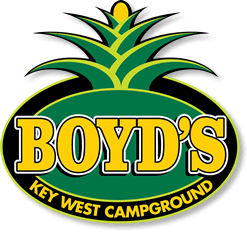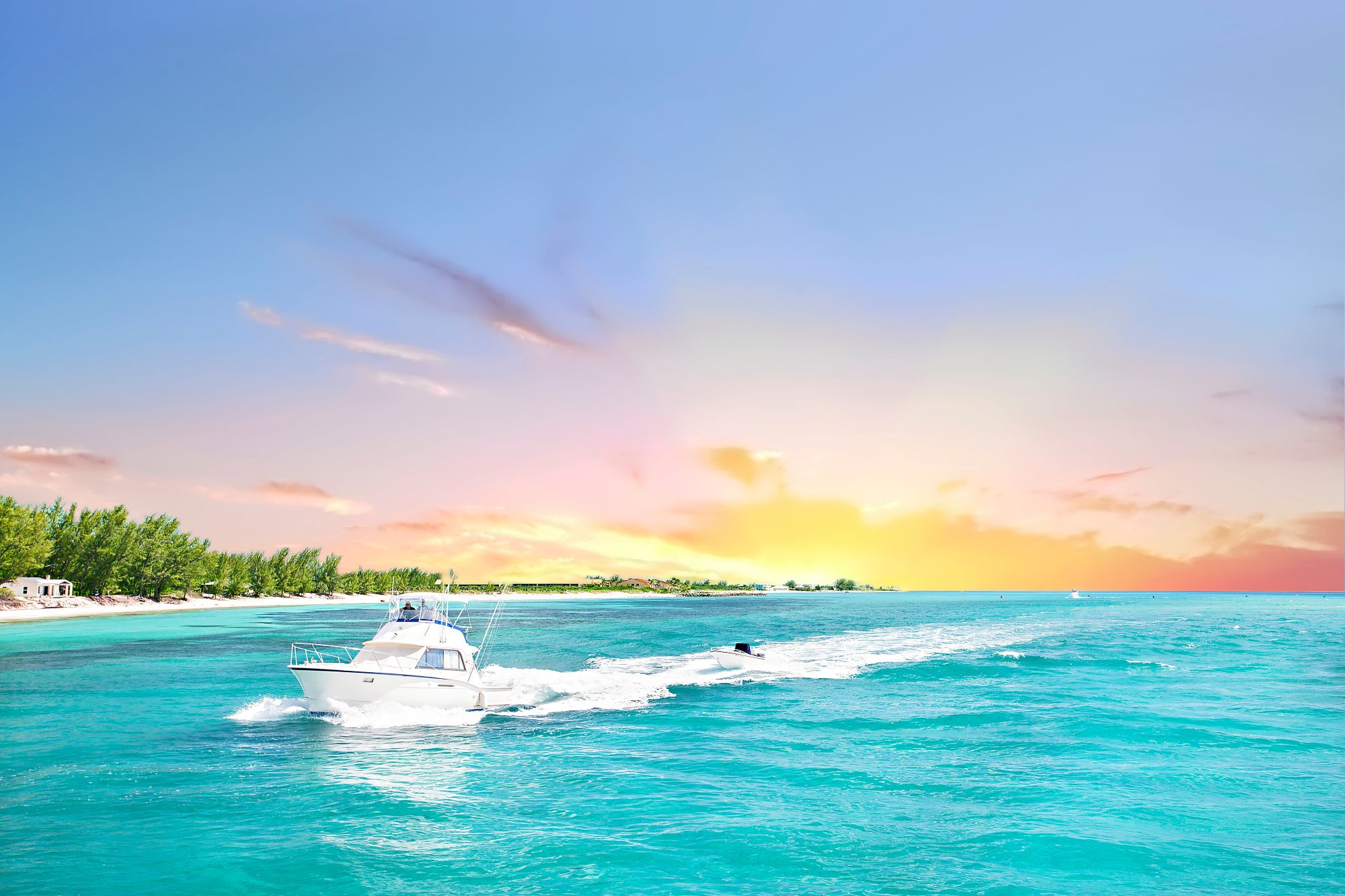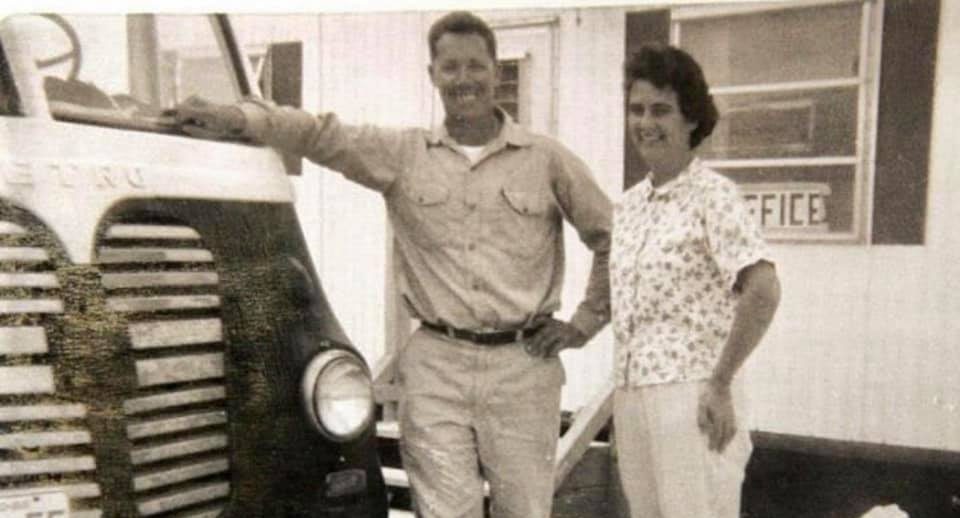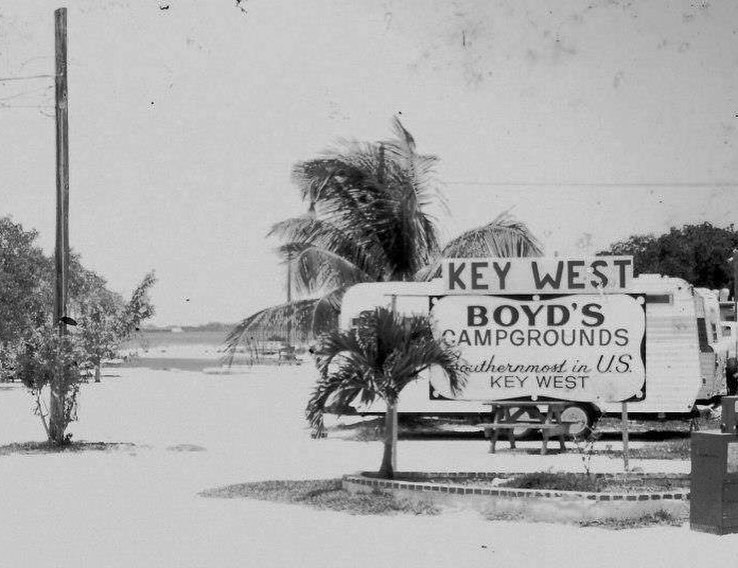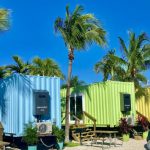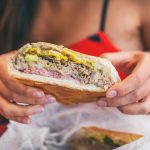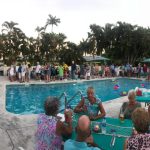How a Dairy Dock Became the Heart of the Campground
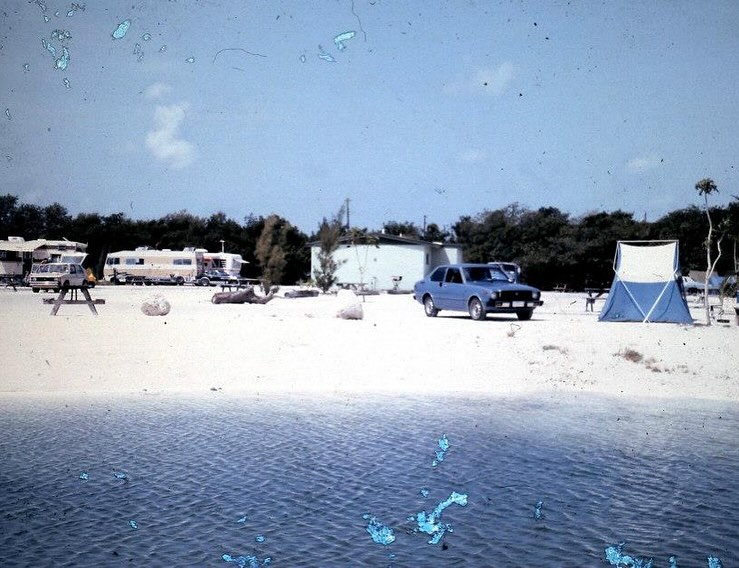
Home Milk to Pavilion
~ By Boyd Hamilton – Key West, Florida, July 1996
The Home Milk property only had one decent building on it when we bought it. That building held their offices and a big walk-in refrigeration room. Out back, there was a concrete slab about 3 or 4 feet high that they used to unload the large trucks bringing dairy products in from Miami. From there, everything was reloaded onto smaller trucks for delivery around town—to the local stores and restaurants.
We figured that old slab would make a great recreation area. So we raised columns around the edge, put a roof over it, and turned it into what we now call our pavilion. It’s been the heart of many happy memories over the years—weddings, turtle races, square dances, barbecues, birthday parties, holiday celebrations, and potluck suppers. It’s become a real centerpiece for the campground.
Now, when we bought the Nebo property—well, that was a different story. It was a mess. A real mess. I had to evict a no-good fellow who was running a junk business on the lot. He took anything of value with him and left us with the rest of the trash. Luckily, the dump wasn’t charging for drop-offs at the time.
We built a small trailer using an old pickup truck body and hauled it behind our truck. In total, we made seventy-six trips to the dump hauling out all kinds of junk. It was a huge job.
The buildings on the Nebo property were about the worst-constructed I’ve ever seen. Part of the main building was two stories high. One man told me he’d gone to a hurricane party there once, and when it started flooding, he couldn’t even get upstairs. The place was packed. He said the best he could do was stand partway up the stairs—and he only got wet to the knees. I always figured that whoever worked on that place must’ve had a beer in one hand while trying to use a hammer or trowel with the other. Probably got paid in booze instead of cash.
After we took ownership, most of the Nebo buildings had to be torn down before they collapsed on their own. We did save a small portion, which we still use as a maintenance building for the campground. It sticks out into the street by four or five feet, but so far, no one’s suggested tearing it down—or moving it (which would be impossible anyway).
One day I met a man named Vincent Cremata who used to work for the water company. He told me he made good money as a kid working for Nebo’s bar during Prohibition. The real money was in smuggling rum from Cuba. Whenever storm warnings went up, the Coast Guard would head in—and that was the signal for the smugglers to head out.
When the boats came back loaded with demi-johns of rum (each one wrapped in woven grass so they wouldn’t break when piled up), they’d tie them off in the mangroves across the bay on Boca Chica Key. Vincent’s job was to row across the bay, grab however many jugs the bartender needed, and bring them back. He got $10 per trip, which was big money for a kid in those days.
During World War II, ships from the Panama Canal and the Gulf would form convoys just off Key West. Some of the sailors who were shipping out across the Atlantic would come into town for one last wild night before they left. Oscar Nebo himself—who was my neighbor, and someone I got to know pretty well—told me how those men would come into his bar, slap a handful of money on the counter, and say, “I may never come back, so I want the works. But make sure I get on my ship before it leaves.”
Oscar would call over one of his girls and say, “Whatever this man wants, make sure he gets it—and make sure he gets back on that ship.” No tabs. No records. Just a pocket full of money and a night to remember. Oscar must’ve done pretty well for himself that way.
